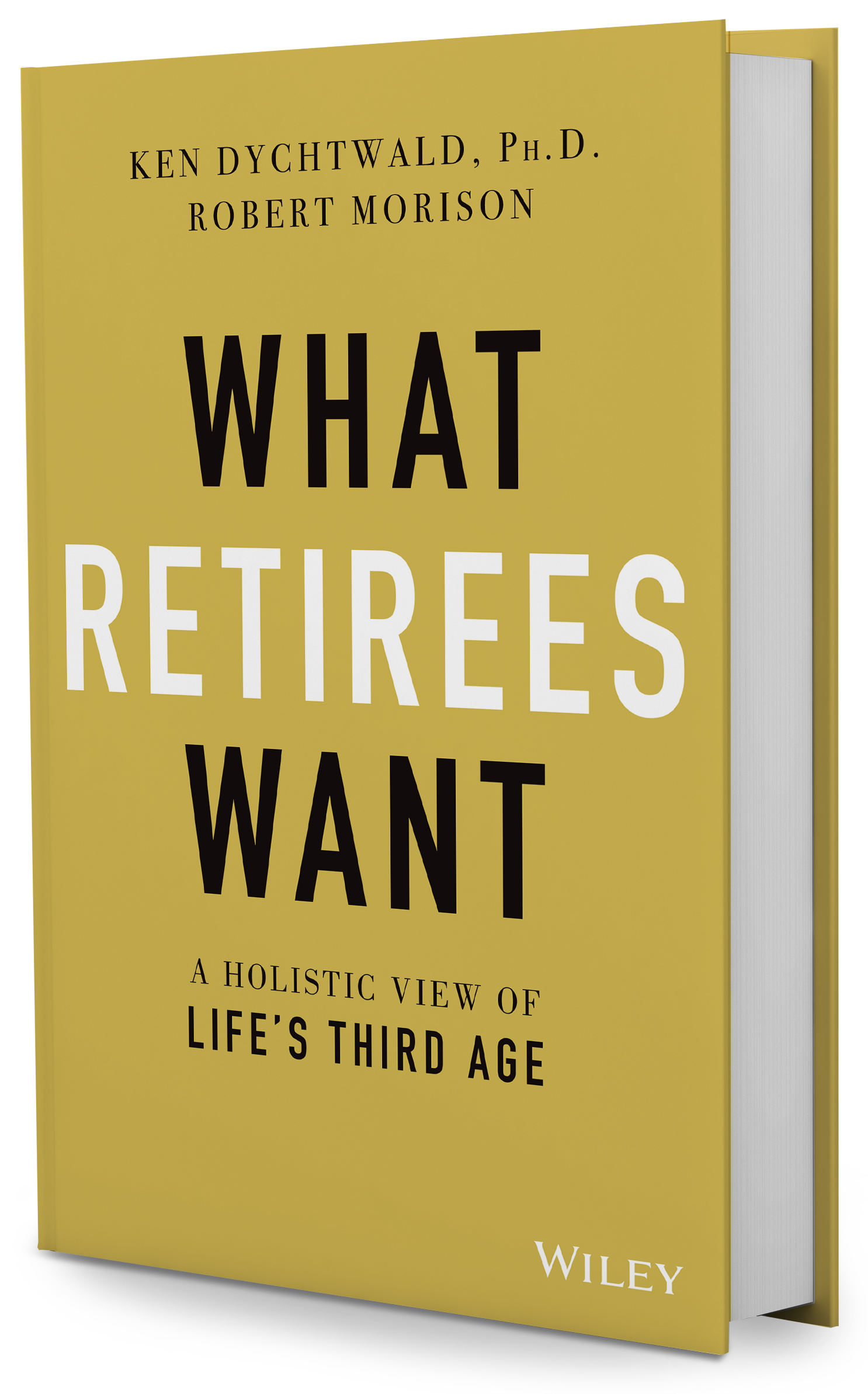We submitted the manuscript of What Retirees Want: A Holistic View of Life’s Third Age to the publisher before the widespread effects of the COVID-19 pandemic were recognized. Many of the enjoyable activities we discuss in our chapter on leisure in retirement, starting with travel excursions, are on indefinite hold. The pandemic throws leisure into a whole new light, as tens of millions are out of work and given an unexpected “taste of retirement.” Is that creating enormous pent-up demand for travel and adventure? Or is it teaching people that they can make do with simple leisure activities close to home? And are Americans learning to detach from work and embrace their leisure? They need to, as this excerpt discusses.
The No-Vacation Nation
For most of history, leisure was primarily the province of the wealthy elite. To the ancient Greeks, leisure was an opportunity for higher-order activities like scholarship, contemplation, and self-development. To the Romans, it was more associated with recreational pursuits. In the Judeo-Christian tradition, leisure centers on the Sabbath as a day of rest and religious activities. In the industrial era and per the Protestant work ethic, leisure came to mean rest from work so you could then work harder. Working harder is still the name of the game for many people, especially during their prime working and childrearing years. But older Americans – even those continuing to work part time in retirement – have much more leisure time, including the huge increase upon retirement.
That transition to time affluence can be abrupt and challenging, because for many Americans, workaholism – a round-the-clock addiction to work – has become a way of life, a big part of personal identity. We often define ourselves by our professions or titles or even how hard we work. And many Americans are out of practice or even unskilled at knowing how to take time off and what to do with themselves when they’re not working. Compared to other industrialized countries, where the norm is 25 to 30 vacation days each year, Americans are, at 14 days, vacation deprived (Figure). And unlike the governments of most other countries, the U.S. government doesn’t mandate any paid vacation or holidays to employees. The Center for Economic and Policy Research has dubbed the United States the “no-vacation nation.”
Average Number of Annual Vacation Days Offered by Employers
Source: Expedia, Vacation Deprivation Survey, 2018
To make matters worse, over half of employed Americans who receive paid time off don’t take all their vacation days. A record 768 million U.S. vacation days went unused in 2018, and 236 million of them were forfeited completely, equating to $65.5 billion in lost benefits. And when Americans do take vacations, most still work. Seventy percent say they check their work emails regularly and do other work activities while on vacation. If they can’t escape the job, they can’t fully enjoy the rest-and-recreation benefits of leisure. It’s no wonder that those who stop working “cold turkey” or take a career intermission can find the early days of retirement disorienting.
Most retirees are so unaccustomed to unhinging from work that they don’t know what to do with all their free time. Sadly, in America last year, the average American age 65+ spent close to 50 hours a week – more than a traditional work week – watching television. So there’s plenty of opportunity for community organizations, recreation services providers, and family and friends to encourage more people to get off their couches and get involved in the myriad everyday leisure activities that are popping up in their communities and online.
Perhaps in the years ahead, there will be detox centers or 12-step programs for people trying to break their workaholic addiction and learn how to “be here now” in their retirement years. At the very least, perhaps Tony Robbins and Deepak Chopra will take note of this challenge and attempt to help people relearn how to let go and have some fun.

Excerpt from What Retirees Want: A Holistic View of Life’s Third Age, by Ken Dychtwald, PhD, and Robert Morison. © 2020. Published by Wiley, July 15, 2020.



